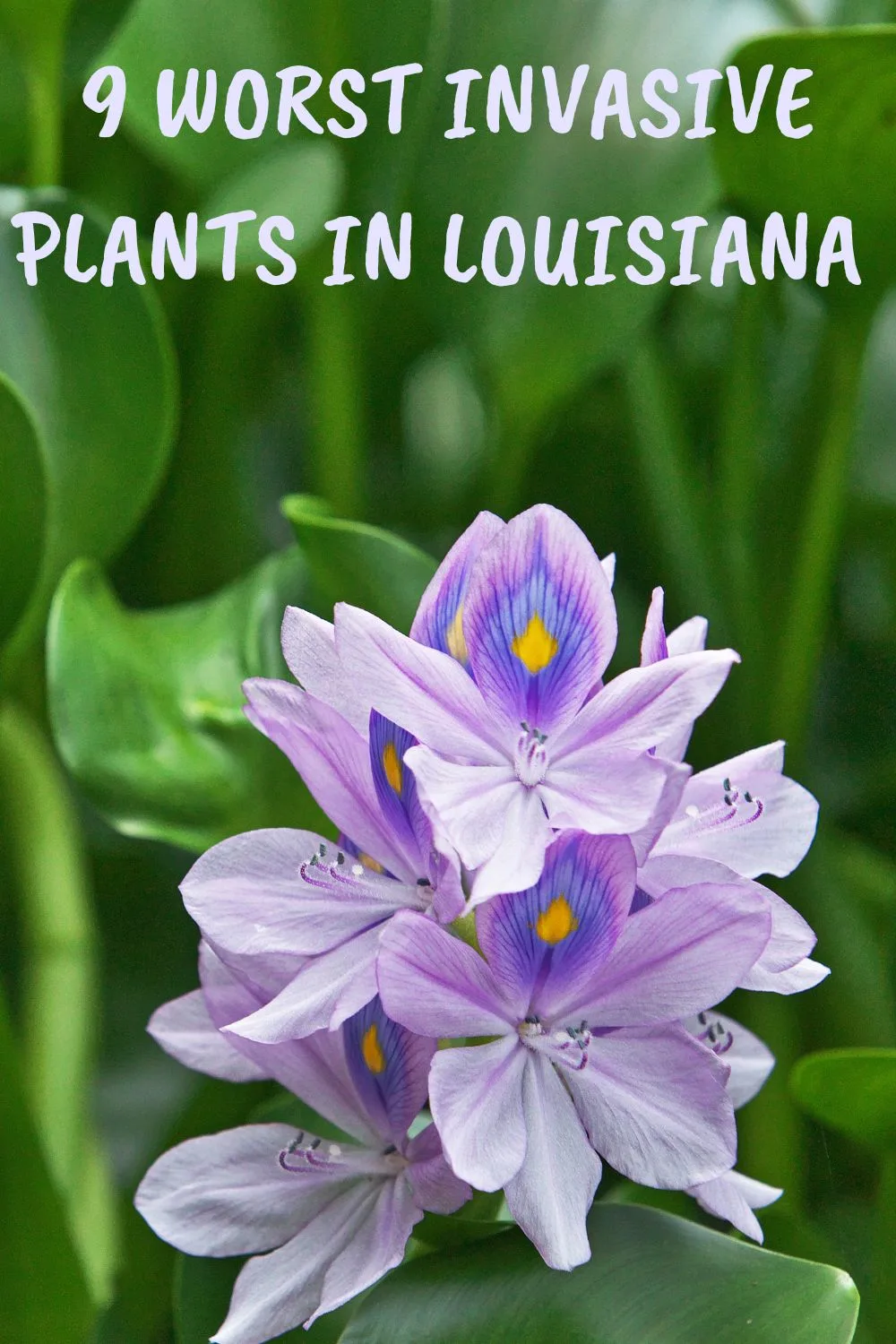Louisiana’s warm climate, plentiful rain, and abundant sunshine make the state, unfortunately, welcoming to invasive plant species. With such favorable growing conditions and a lack of natural controls (i.e., diseases, pests, etc.), these plants spread readily, forming monocultural swaths that displace native plants and disrupt entire ecosystems. Some of these plants may even grow in your yard or neighborhood. Many garden centers, especially the chains, even still sell some invasive plant species. It is up to us, the gardeners, then, to learn to identify invasive plants in Louisiana and take steps to remove them from this beautiful state.
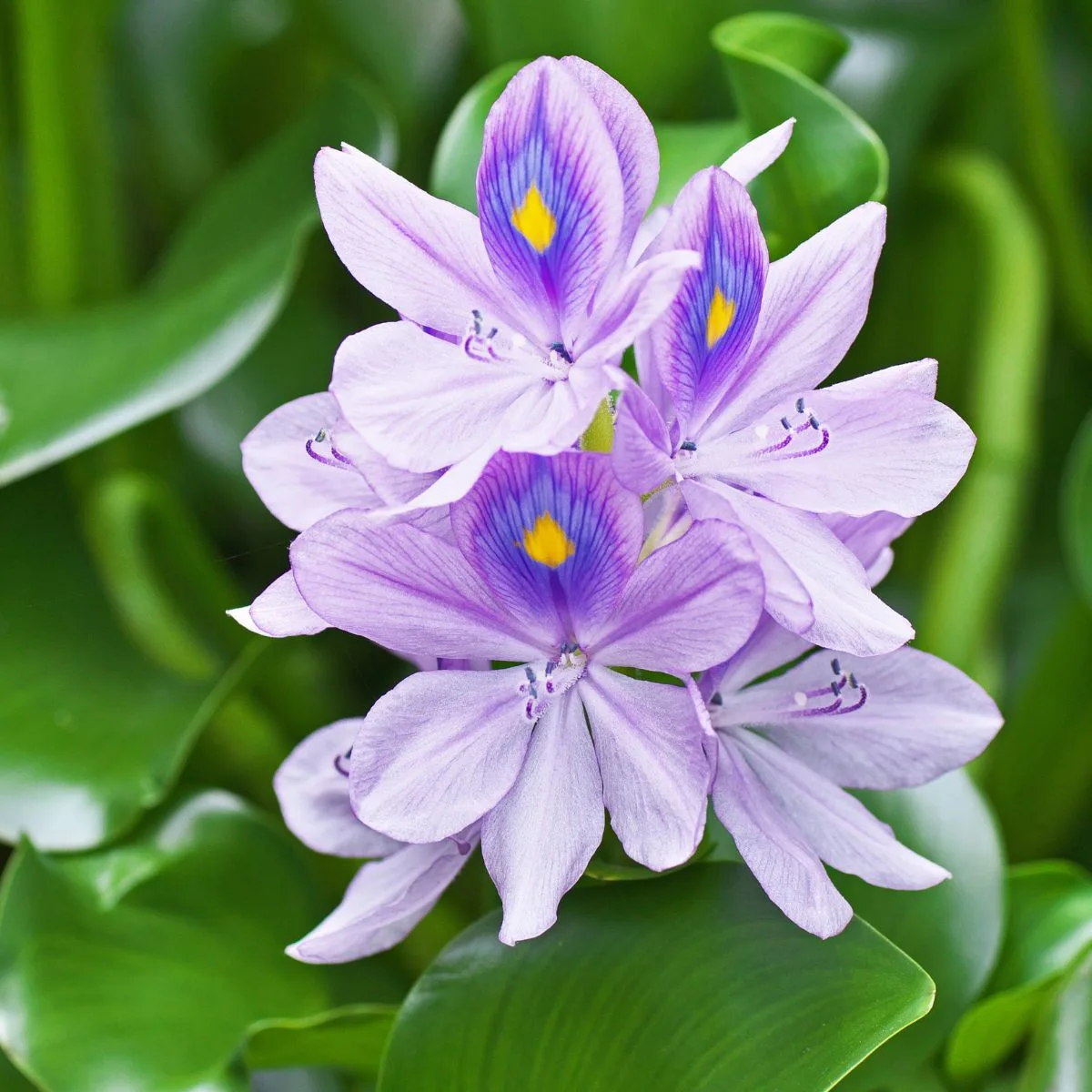
Invasive Plants in Louisiana
The following list contains some of the worst invasive plants in Louisiana, according to the Tulane/Xavier Center for Bioenvironmental Research and Michael Massimi of the Barataria-Terrebonne National Estuary Program. The text under each species includes similar native alternatives for the plant, so you can replace destructive invasives with habitat-forming native plants.
1. Air potato (Dioscorea bulbifera)
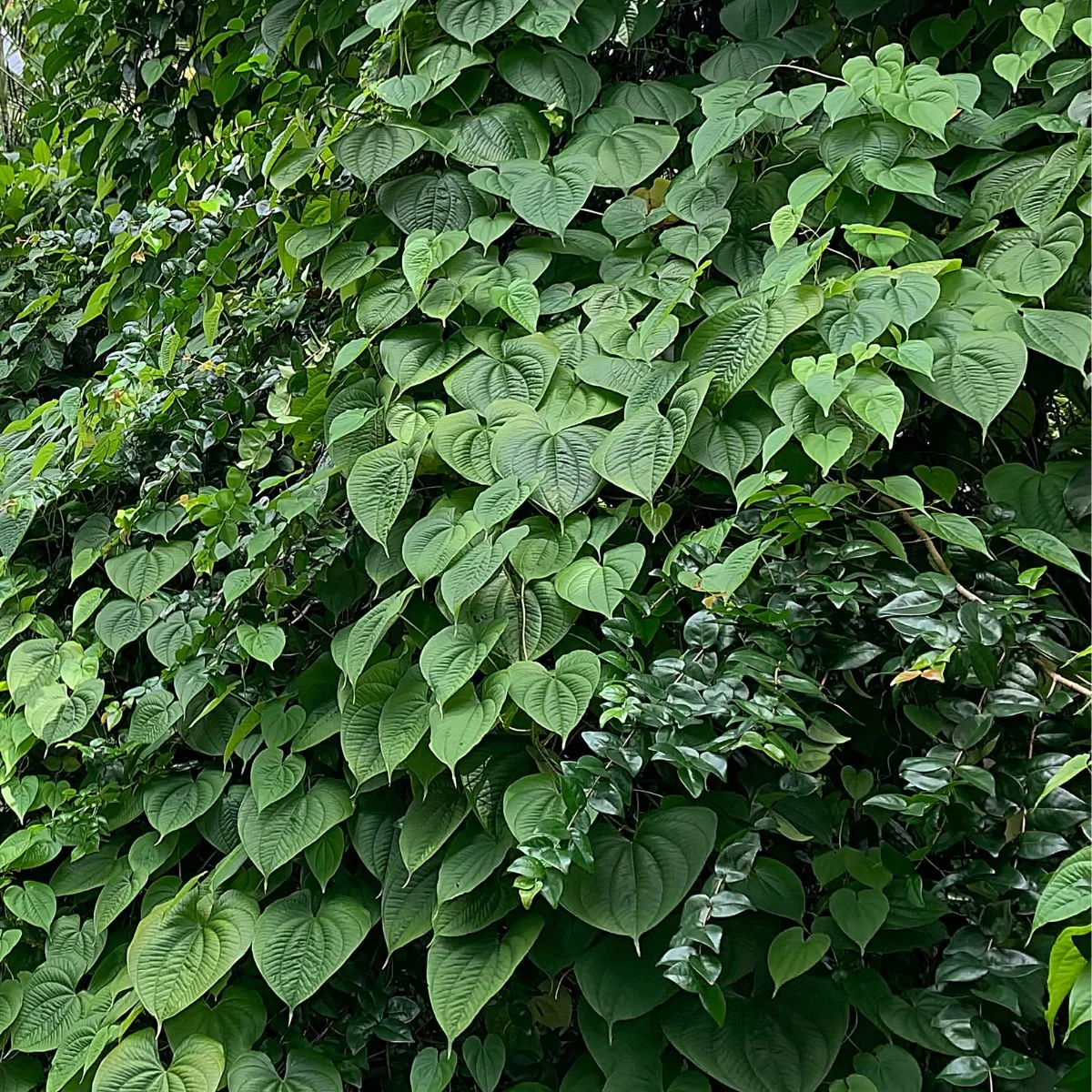
Air potato is named for its unique fruits, aerial tubers (or bulbils) that look remarkably like potatoes growing from the twining, herbaceous vine. The alternate, heart-shaped leaves grow up to eight inches long on rounded, thin, wiry stems. Air potato rarely flowers, reproducing instead through the bulbils.
Cut large vines just above the soil surface and treat the stump with herbicide. Foliar spray is also effective, but take care not to damage any nearby plants.
Plant native vines instead, like the beautiful crossvine (Bignonia capreolata) or Carolina jessamine (Gelsemium sempervirens).
2. Alligator weed (Alternanthera philoxeroides)
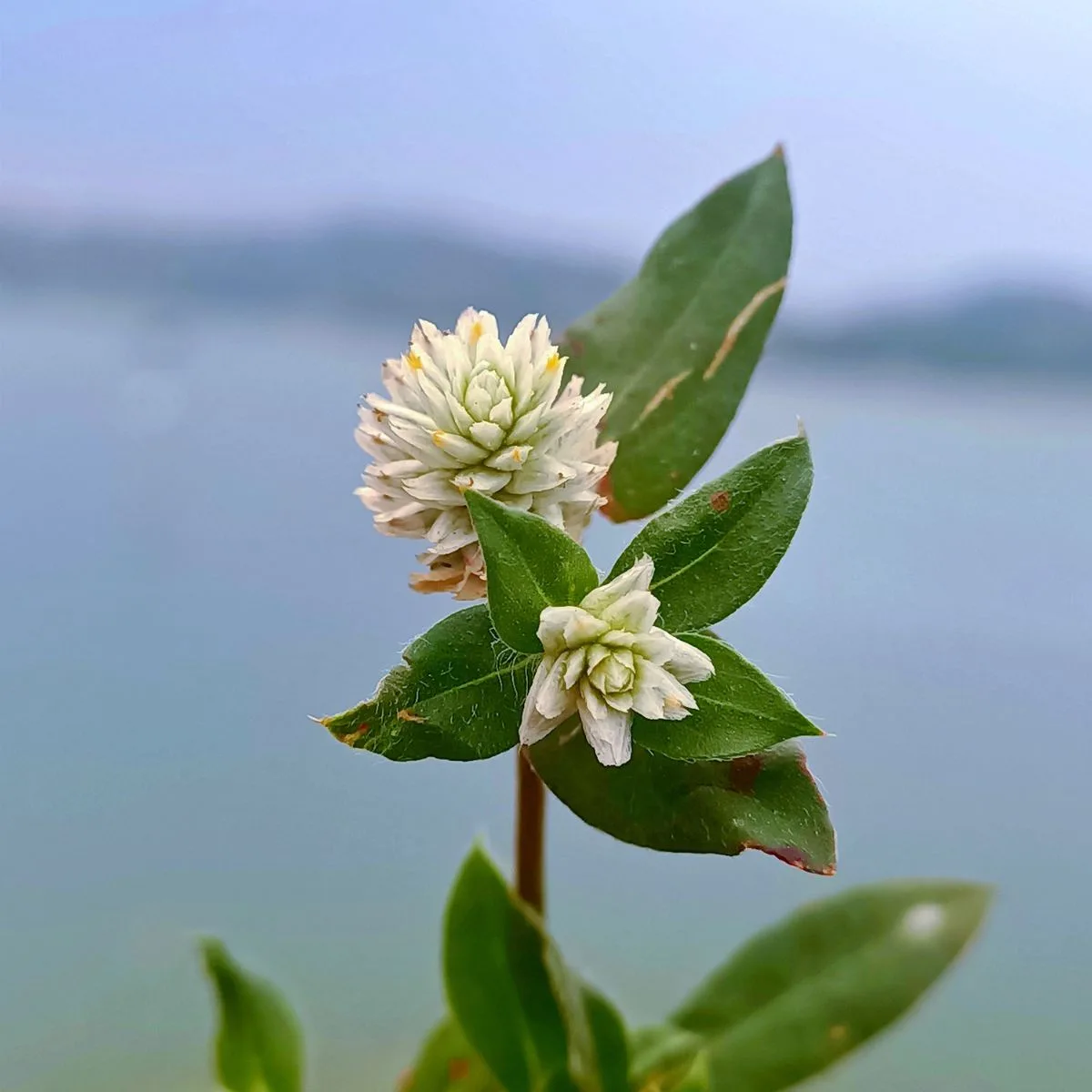
An emergent or rooted floating plant, alligator weed grows in conditions that range from wet soil to shallow water, often sprawling out into open water. Look for mats of three-foot plants with hollow stems and thick, elliptic leaves up to four inches long. Its white, clover-like flowers bloom in summer.
Because alligator weed can propagate from fragments of roots and stems, careful herbicide application is the most effective control method.
Similar native aquatic plants include American water-willow (Justicia americana) and southern swamp lily (Crinum americanum).
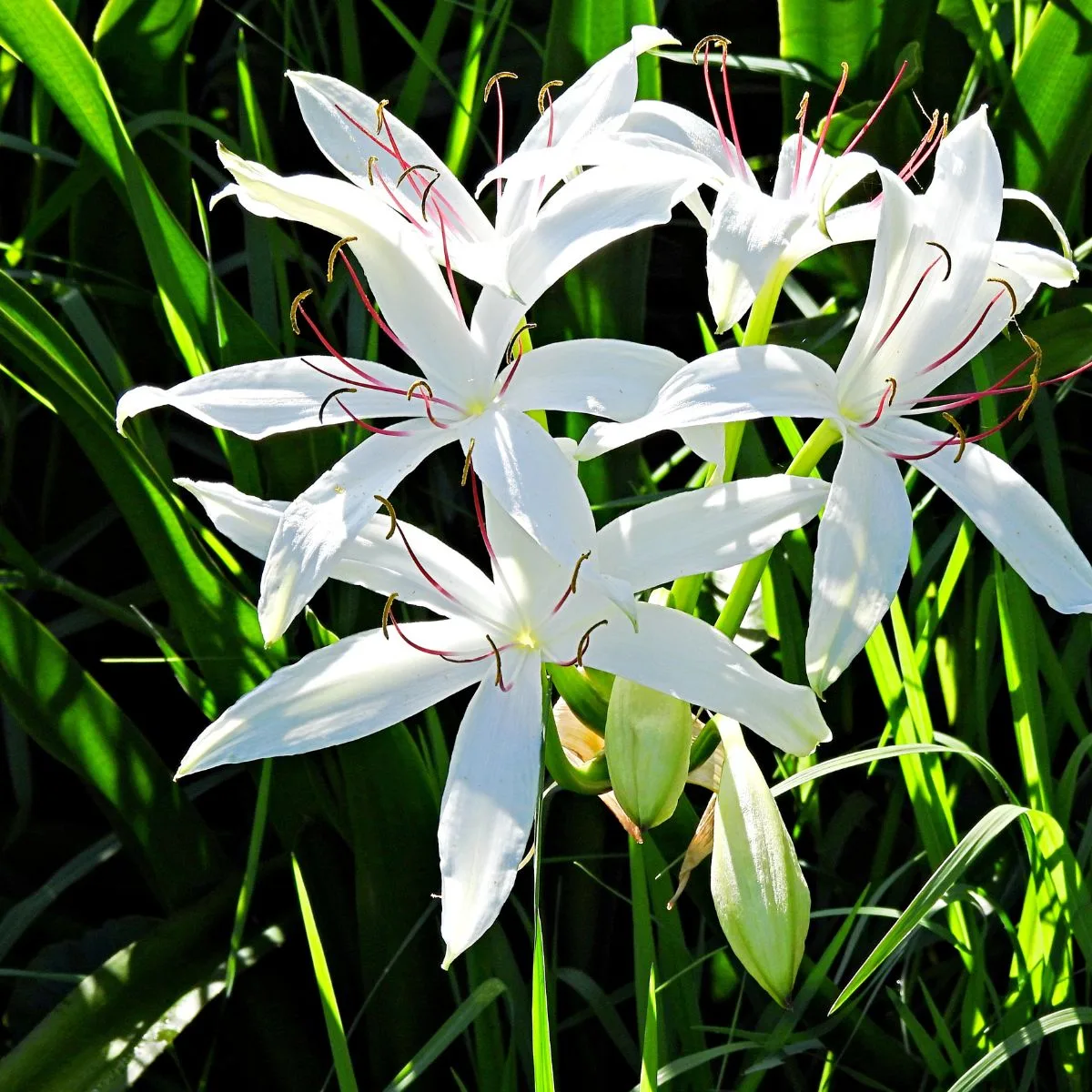
3. Chinese privet (Ligustrum sinense)
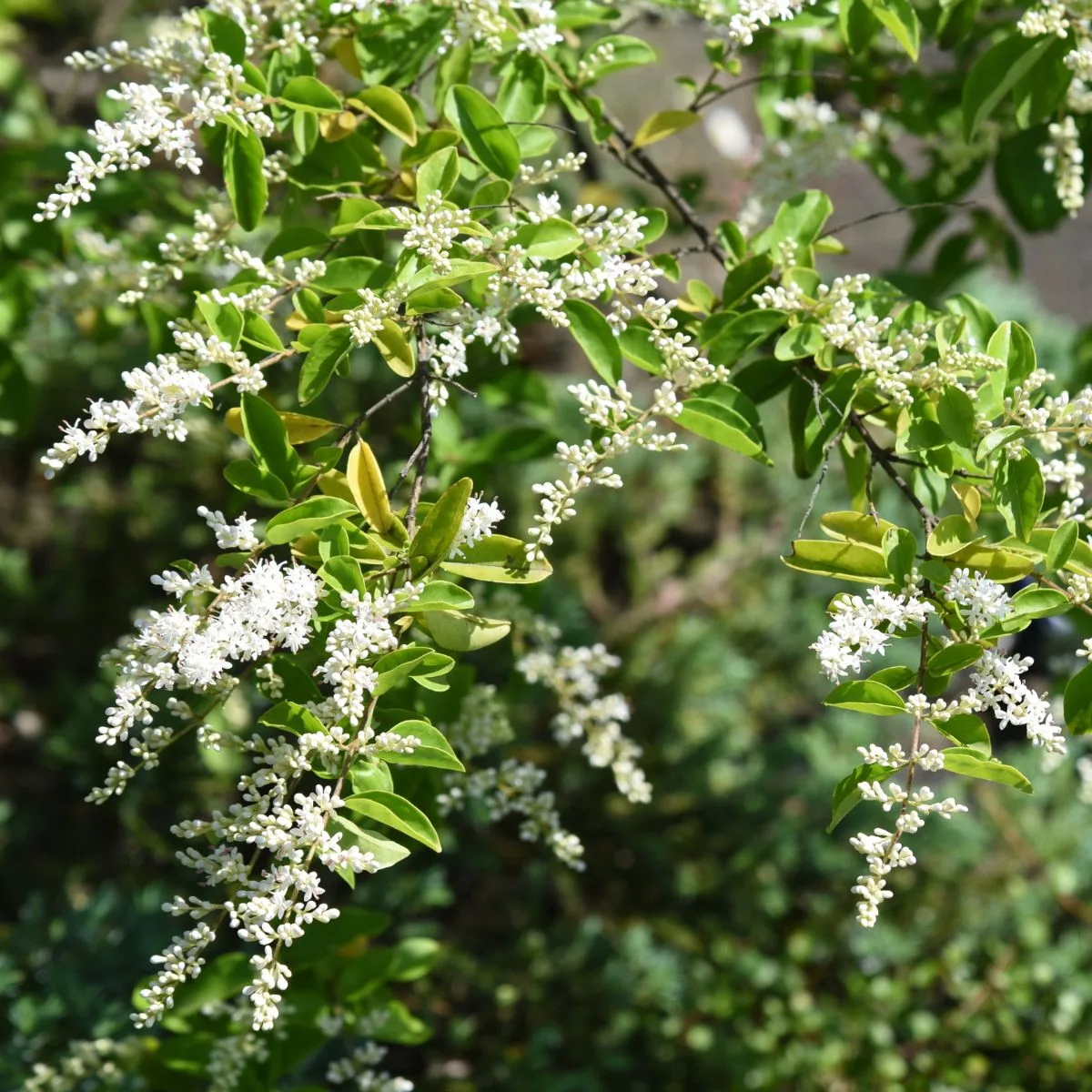
A semi-evergreen shrub, Chinese privet often has multiple trunks and long branches covered in small, opposite, oblong leaves. In spring, the white flowers bloom in upper axillary and terminal panicles. Tiny, dark purple fruits can be seen on the plant into winter.
Dig up seedlings and saplings or use foliar spray. For larger plants, use a basal spray or apply herbicide to stumps immediately after cutting.
Native buttonbush (Cephalanthus occidentalis) has unique white flowers, and red chokeberry (Aronia arbutifolia) has white flowers as well as showy red berries.
4. Chinese tallow tree (Triadica sebifera)
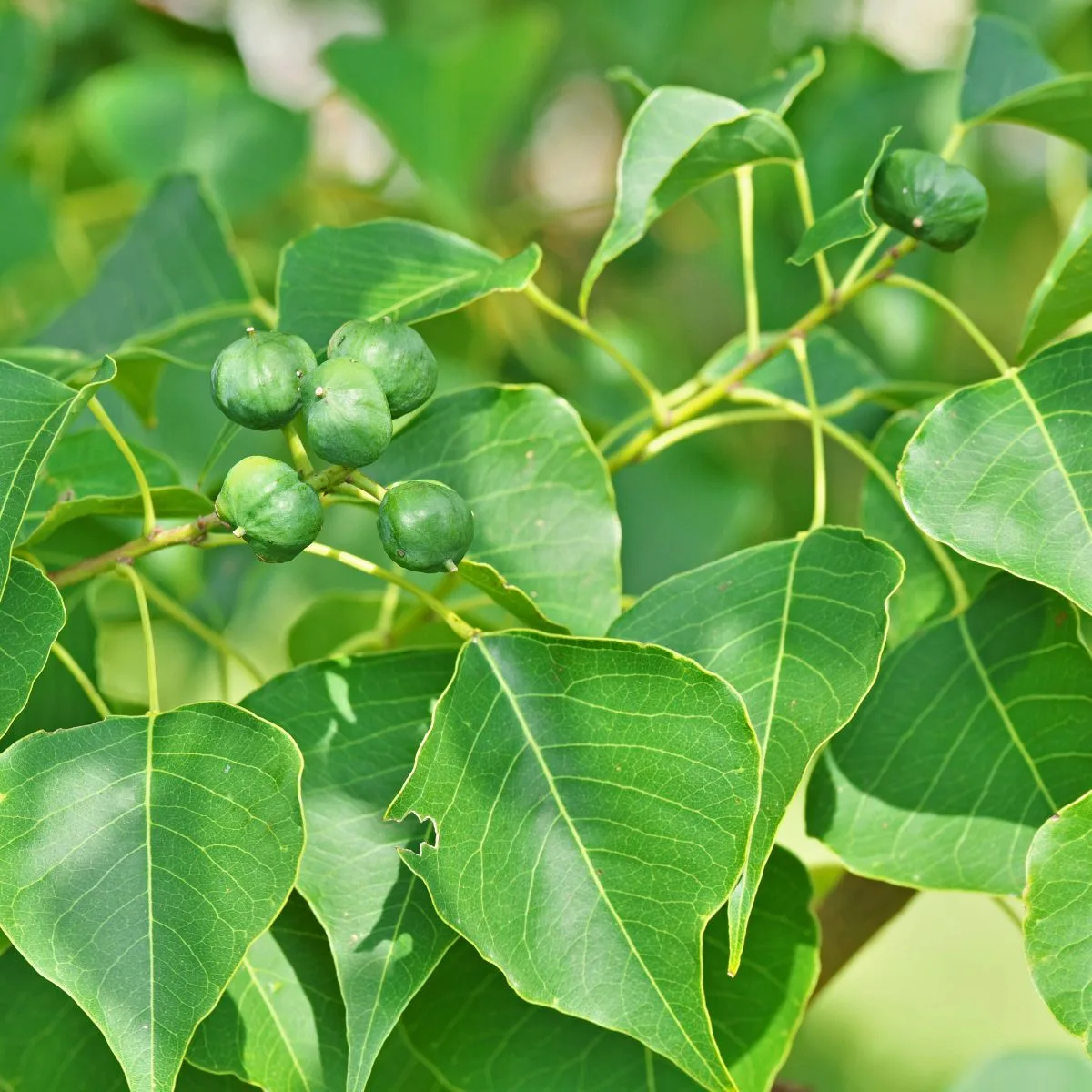
The fast-growing Chinese tallow tree has alternate, heart-shaped leaves with a distinctly pointed tip. Long, hanging spikes of yellow flowers bloom in spring, followed by clusters of greenish, three-lobed fruits. These fruits mature to black before splitting to reveal waxy white seed capsules resembling popcorn.
Use foliar spray on Chinese tallow tree seedlings, basal spray on saplings, and stem injections or cut-stump herbicide application on mature trees.
Similar native trees include box elder (Acer negundo) and pignut hickory (Carya glabra).
5. Cogongrass (Imperata cylindrical)
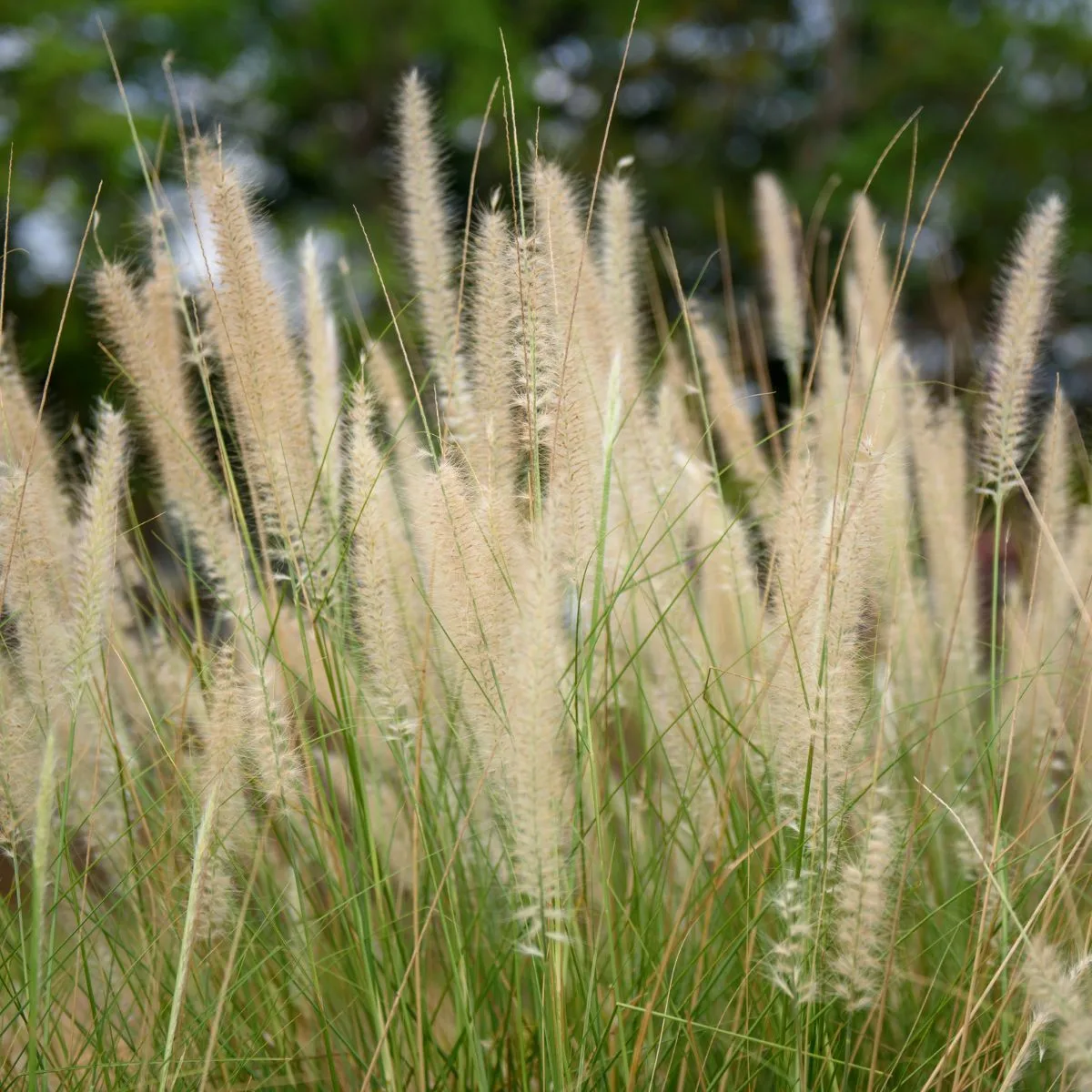
Look for cogongrass in the spring, when its large, cottony panicles of flowers and seeds are easily spotted. The leaves, too, are distinct with a pale, off-center midrib and finely serrated edges. This perennial grass forms colonies and grows up to six feet tall.
Foliar spray may be the most effective management technique for cogongrass.
Native woolgrass (Scirpus cyperinus) and Indiangrass (Sorghastrum nutans) produce equally attractive plumes on tall stalks.
6. Hydrilla (Hydrilla verticillata)
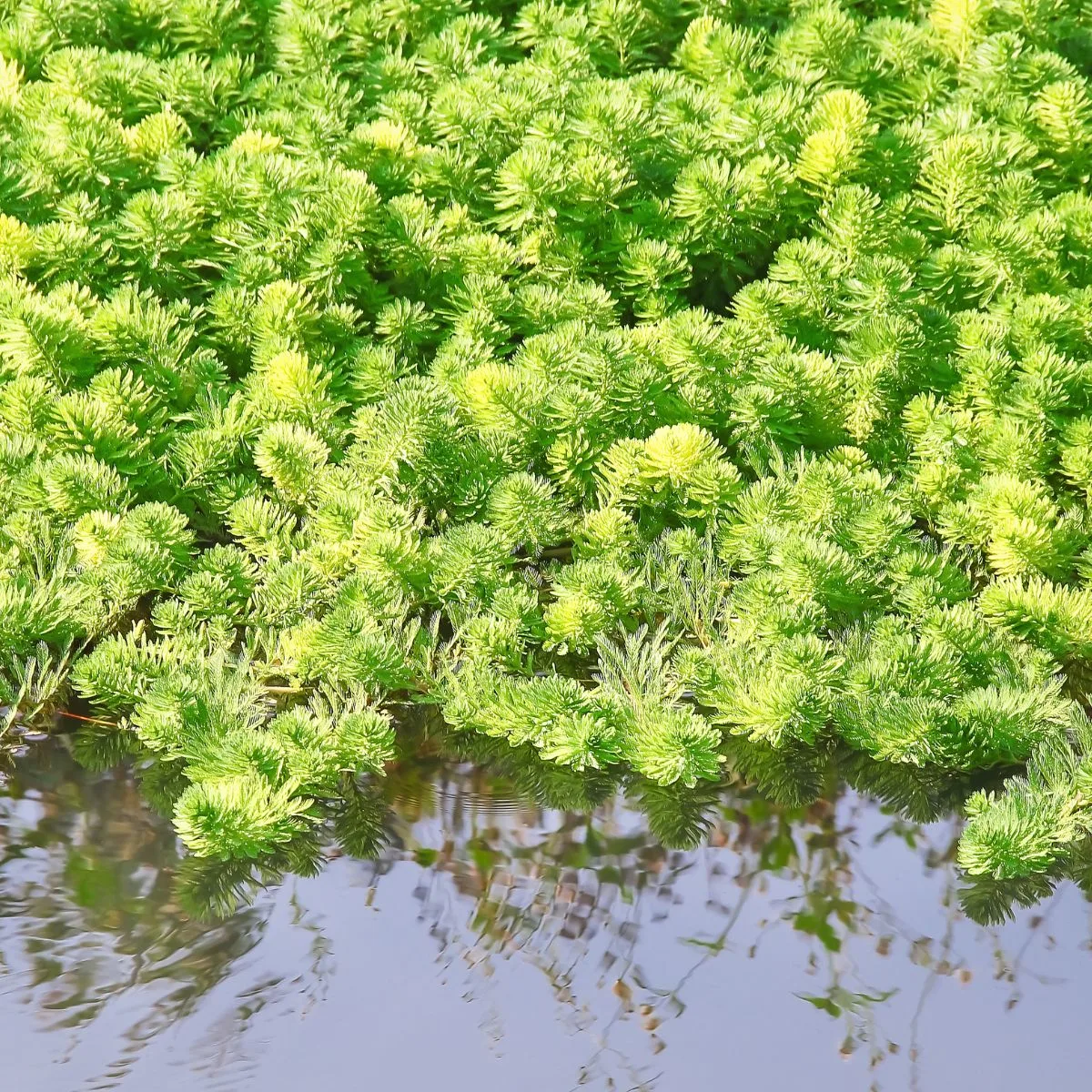
A submersed, rooted aquatic plant, hydrilla can survive in water as deep as 40 feet. It has a ferny appearance and forms dense mats at the water’s surface. Growing in whorls of three to eight, the tiny leaves have reddish midribs and serrated edges.
Mechanical management methods are typically only short-term solutions, as hydrilla regrows from small fragments. Contact your local Extension office for recommended removal options.
Plant similar native aquatic plants, such as Carolina mosquitofern (Azolla filliculoides) or American featherfoil (Hottonia inflata).
7. Kudzu (Pueraria lobata)
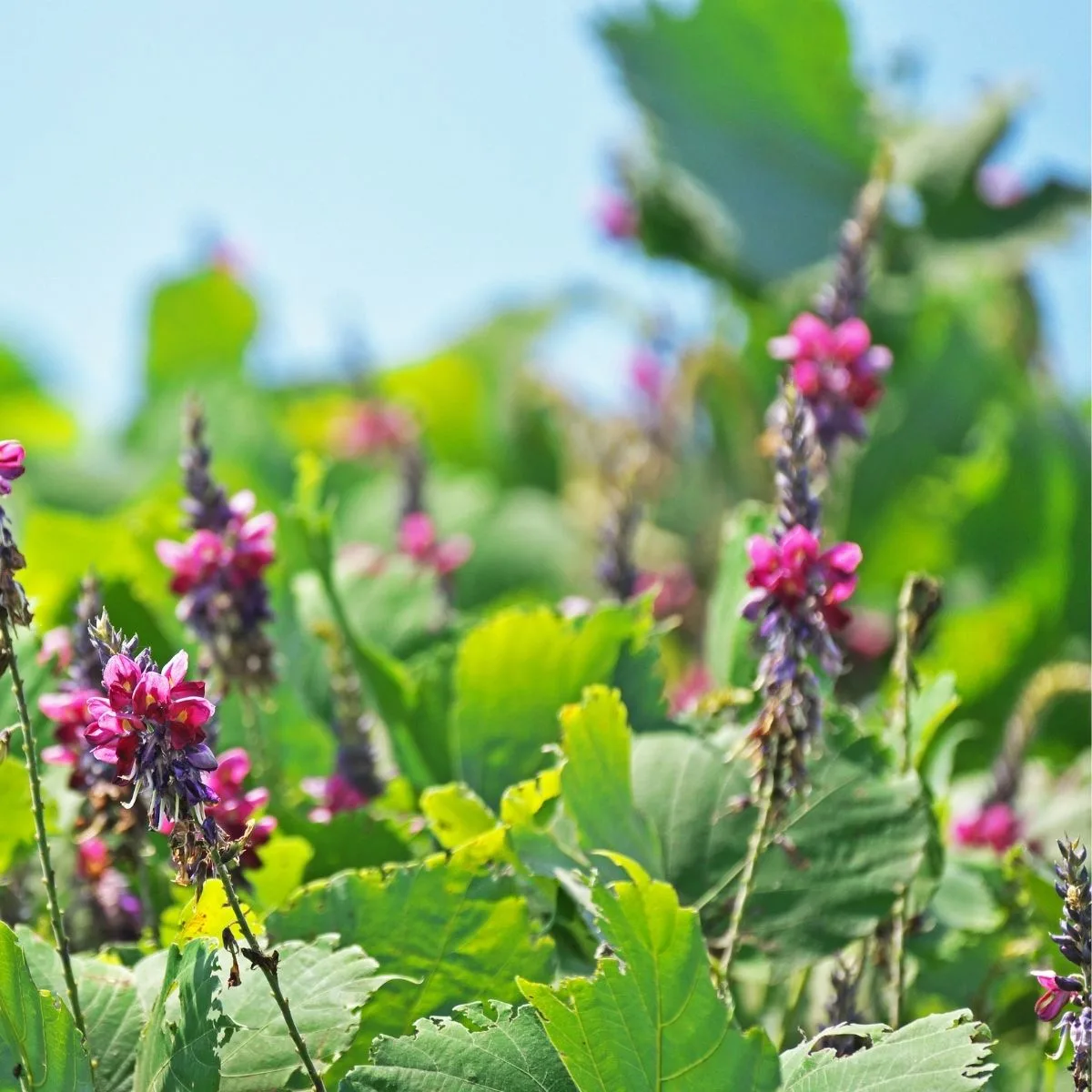
Kudzu, “the vine that ate the South,” can reach lengths of 100 feet or more, with large taproots anchoring up to nine feet deep in the soil. Look for alternate, compound leaves with three large leaflets, typically lobed and pubescent on the undersides. Long clusters of fragrant, purple flowers bloom in the leaf axils, followed by flat, hairy, brown seed pods.
Careful application of foliar herbicide may be the most effective control method.
Alternative native vines include beautiful American wisteria (Wisteria frutescens) and Virginia creeper (Parthenocissus quinquefolia).
8. Salvinia, common and giant (Salvinia minima and S. molesta)
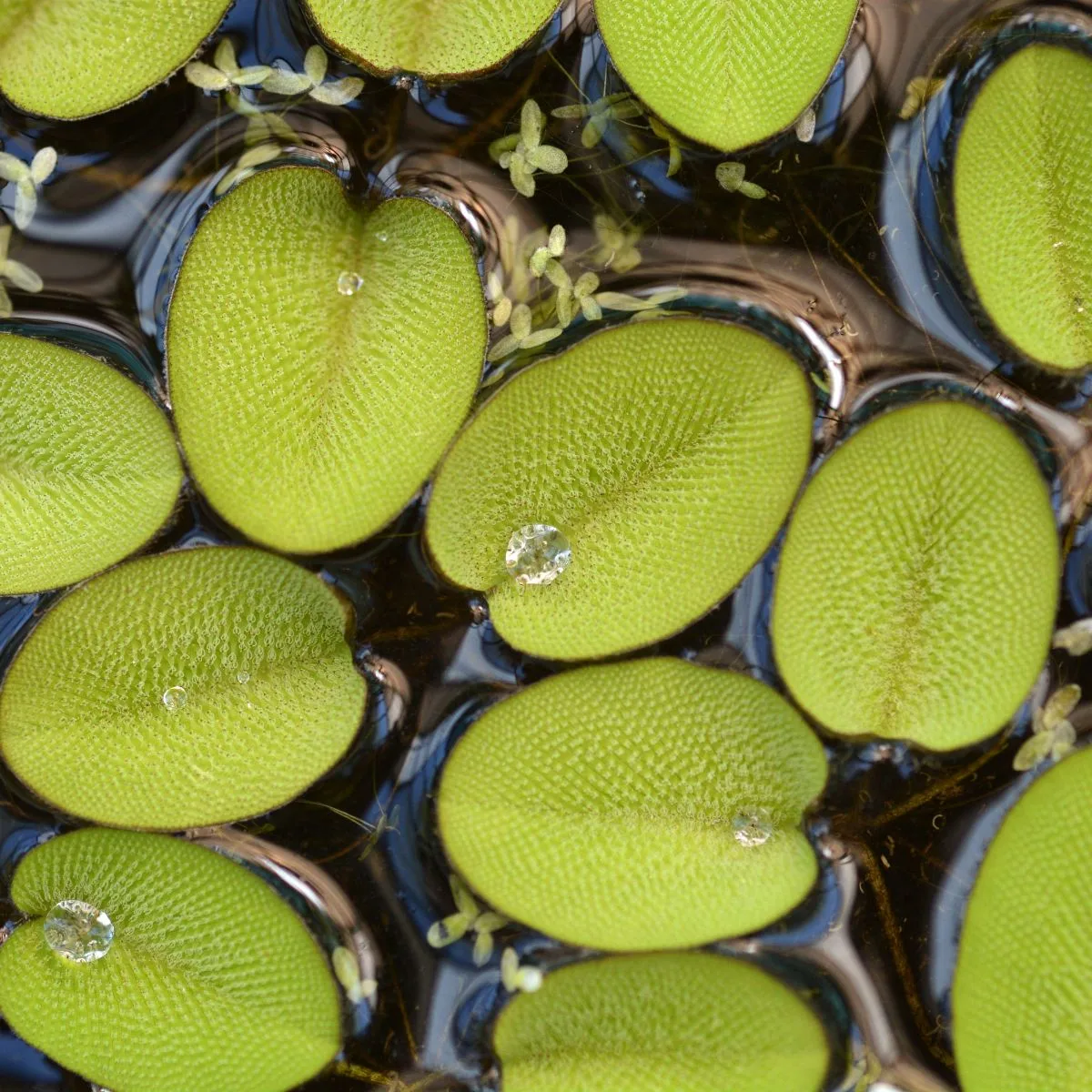
Salvinia is a rootless, floating aquatic fern that forms thick mats. The oval leaves have rounded or notched tips and range from green to rusty brown, with white, bristly hairs on top and long, reddish hairs on the undersides and on other submerged parts. Larger, elongated leaves fold along the midrib. Salvinia does not flower but reproduces through spores and plant fragments.
Small infestations may be removed through raking or seining, but any remaining fragments will sprout. The Louisiana Department of Wildlife and Fisheries or the LSU AgCenter can provide information about control with the salvinia weevil.
Native watershield (Brasenia schreberi) and disc water-hyssop (Bacopa rotundifolia) have a similar appearance.
9. Water hyacinth (Eichornia crassipes)
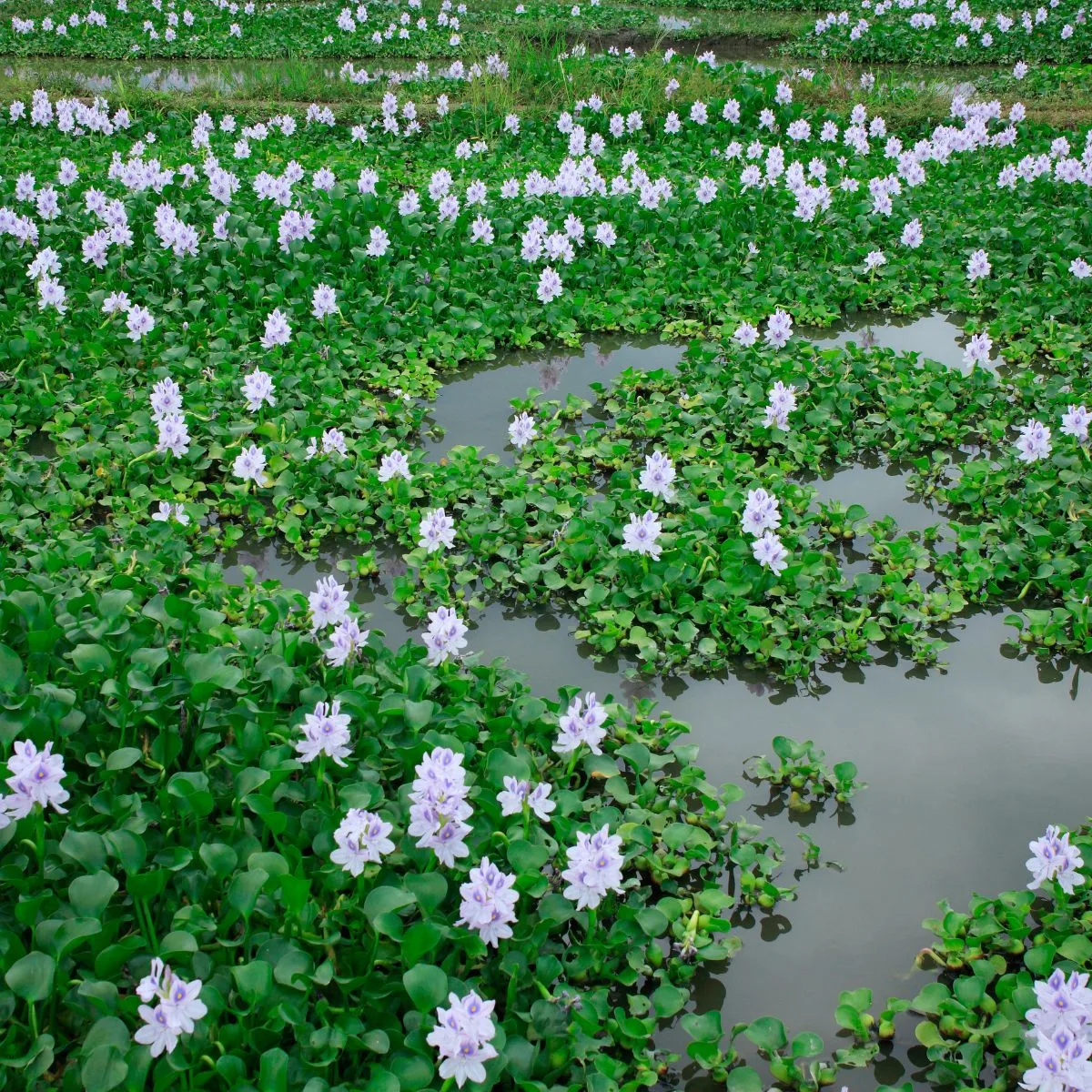
A floating aquatic plant, water hyacinth grows to three feet high and forms dense mats that can double in just two weeks. The thick, waxy, elliptical leaves with spongy petioles and edges that curl inward. Upright flowering spikes produce clusters of showy purple blooms, each with a yellow spot on the uppermost of six petals.
Manual removal can be effective on small patches of water hyacinth, but the weevils Neochetina bruchi and N. eichhorniae may be the best option for larger infestations.
The native zigzag iris (Iris brevicaulis) has lovely purple flowers but grows in moist to marshy soils, while white waterlily (Nymphaea odorata) is an attractive floating plant with white to pink blossoms.
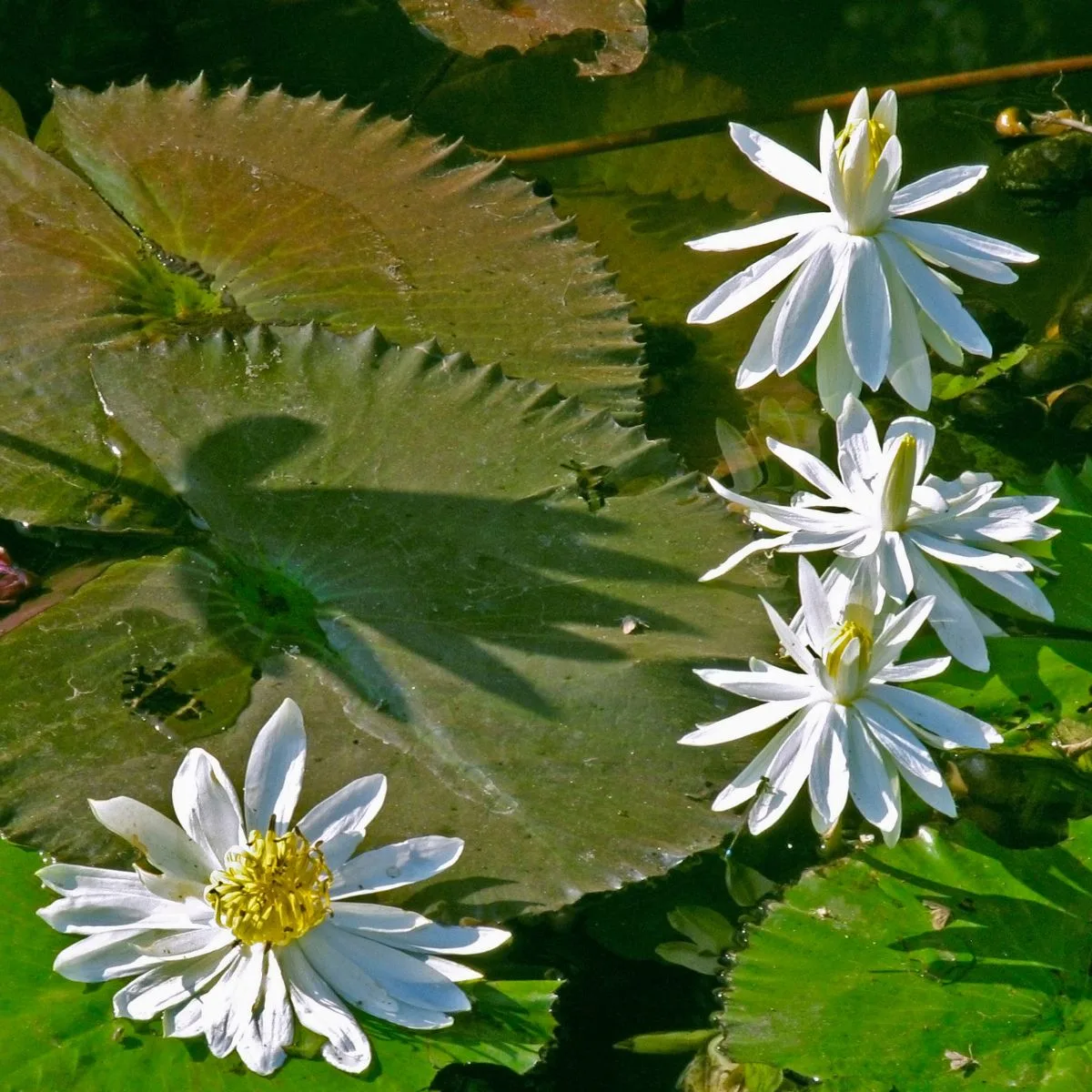
From the fishpond to the front yard, invasive plants masquerade as ornamentals in a range of locations, including the garden center down the road. Do a walkthrough of your property to see if you recognize any of the plants listed above, and choose native species when adding new plants to your landscape. Protect your state’s natural beauty!
